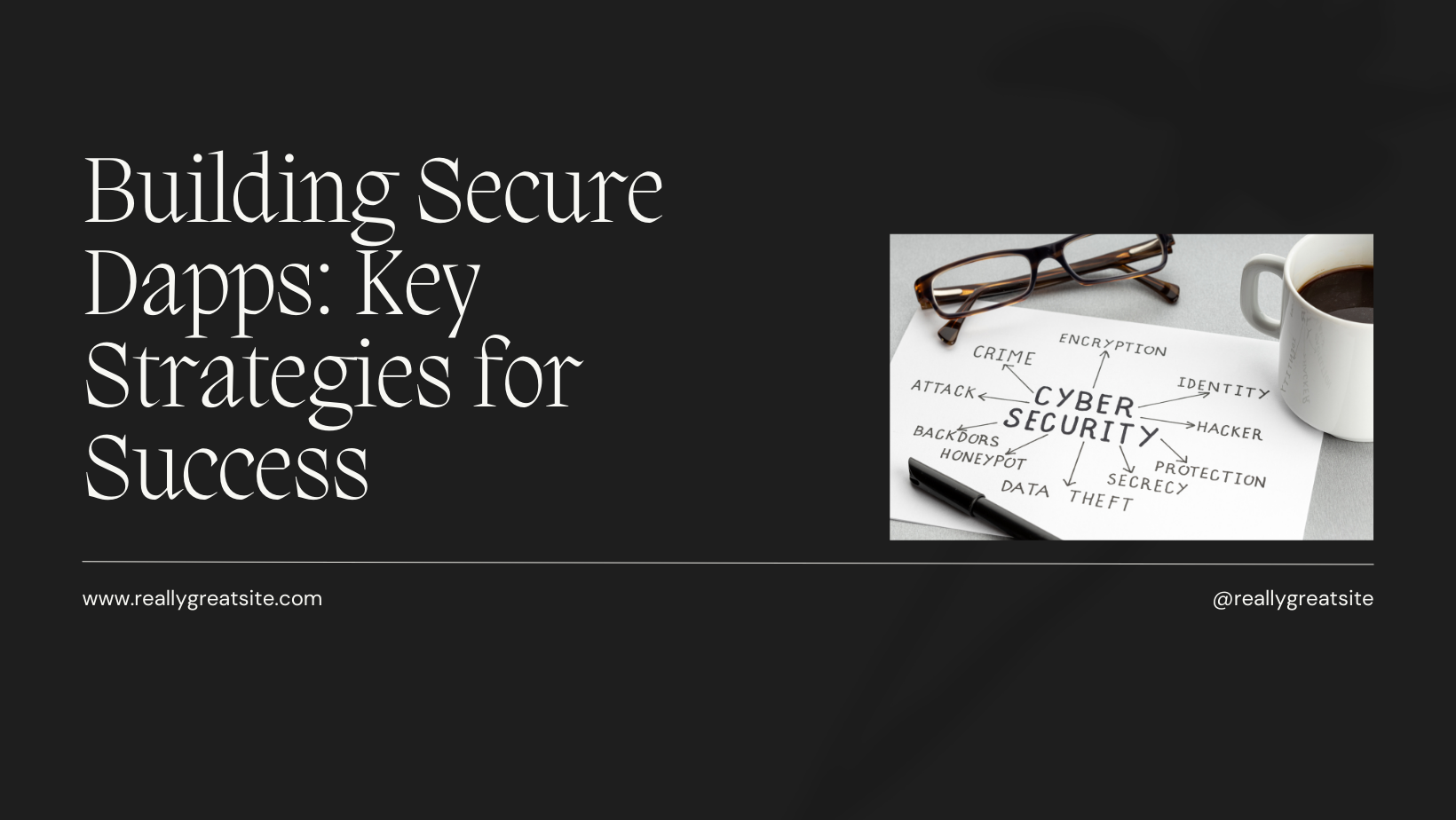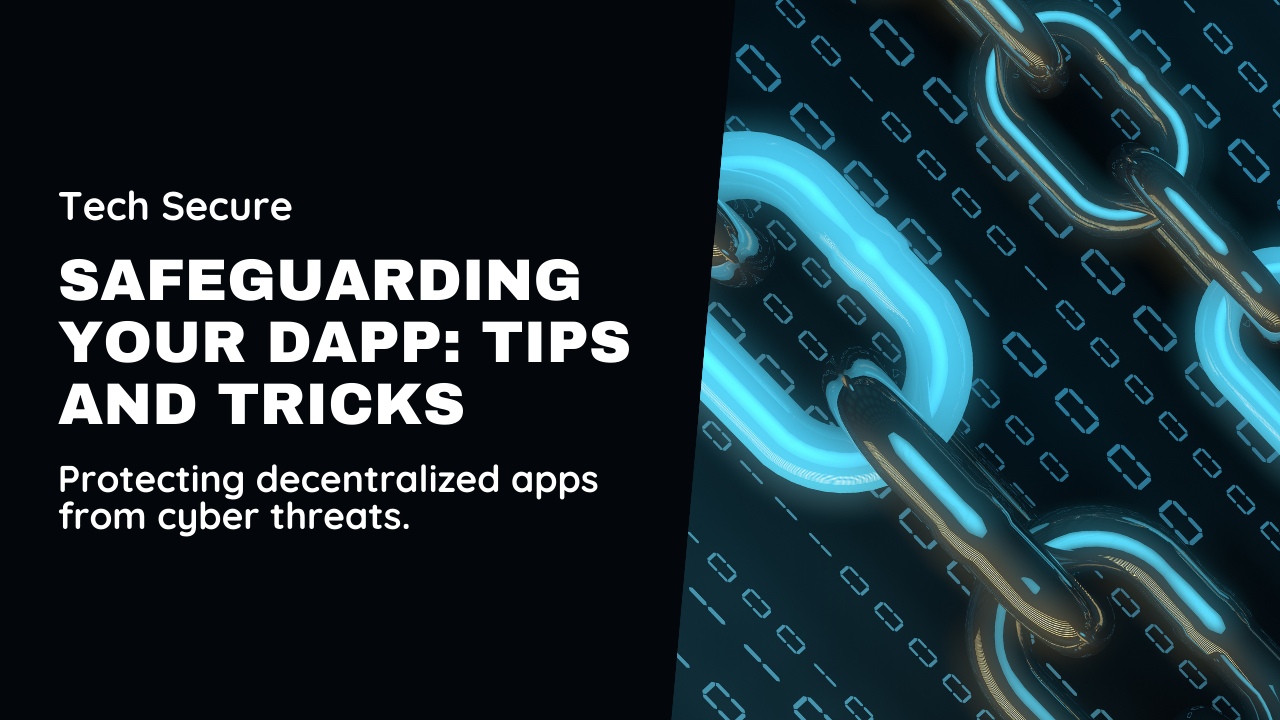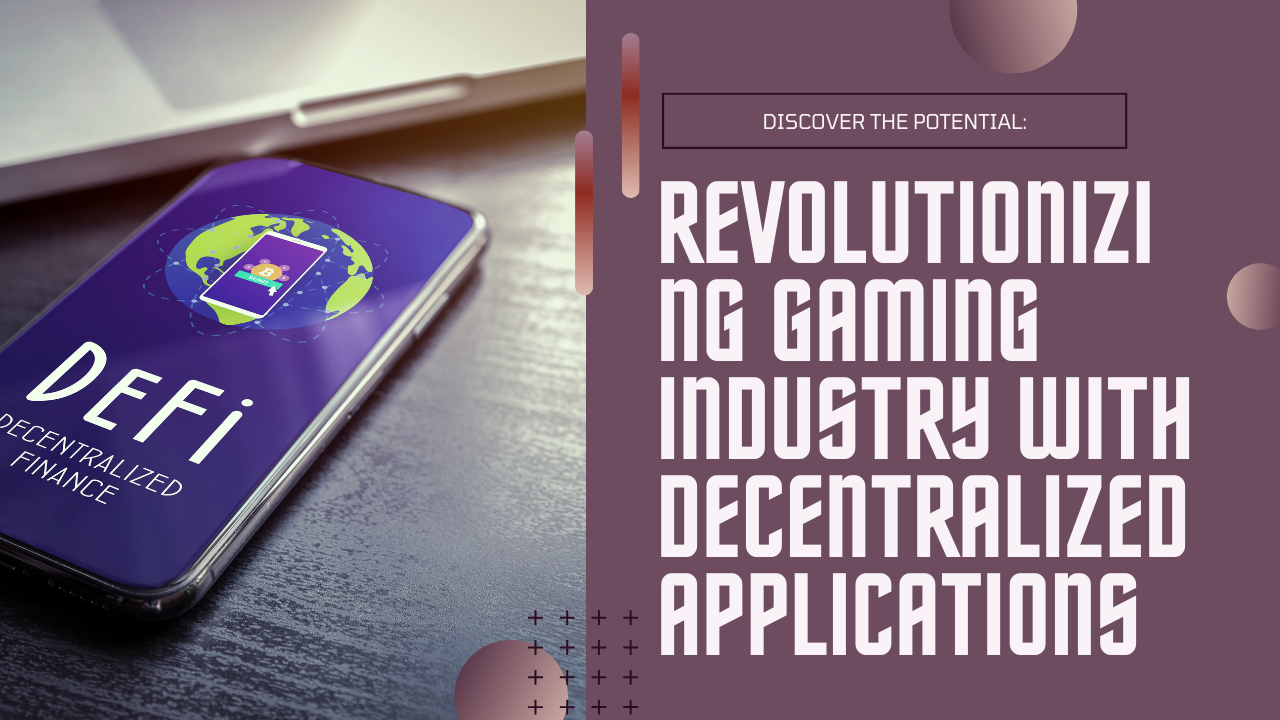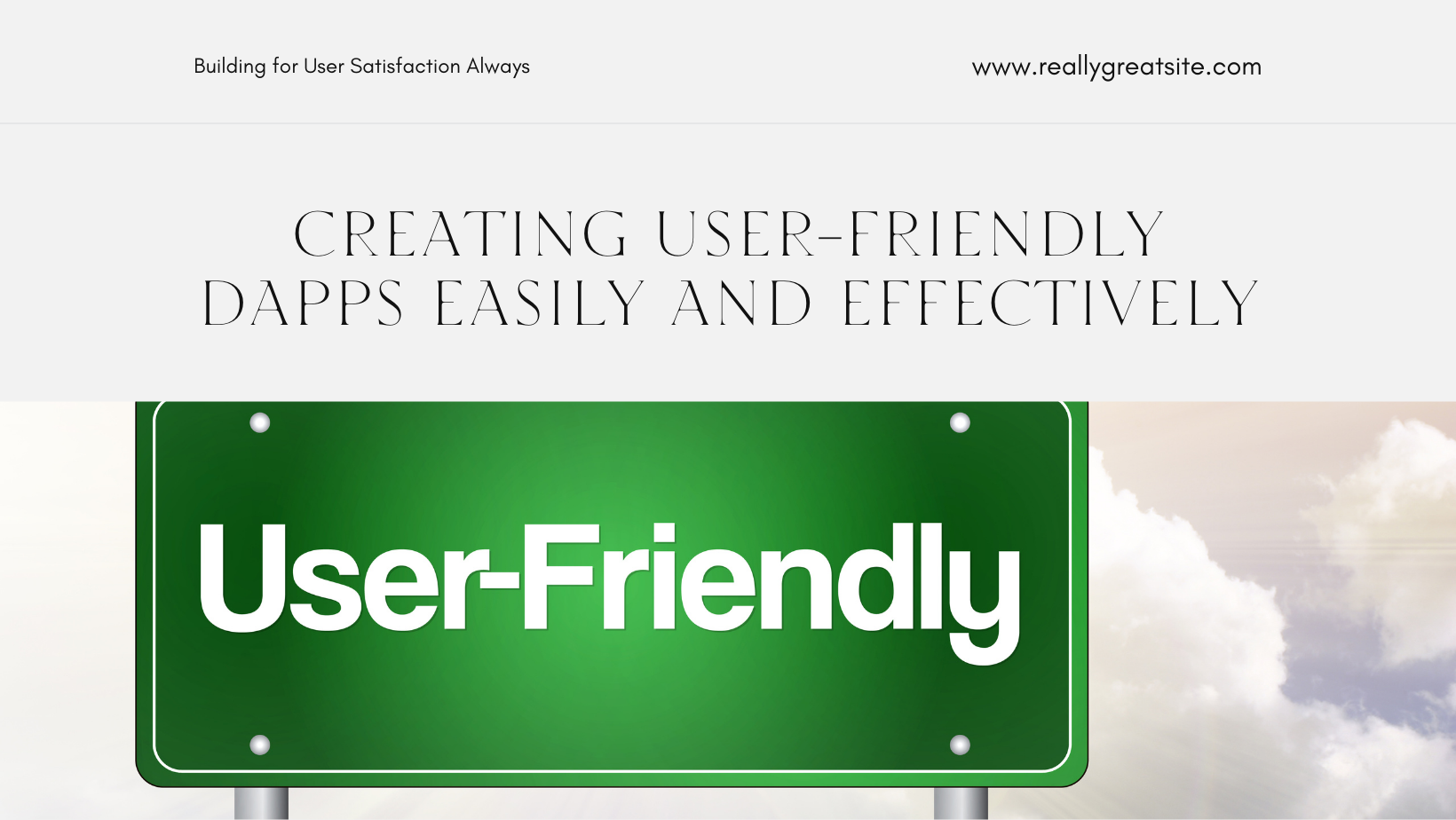As blockchain technology continues to evolve, decentralized applications (Dapps) are becoming increasingly popular. These applications leverage the power of blockchain to offer transparency, security, and autonomy, making them an attractive choice for developers and businesses alike. However, developing a secure Dapp presents unique challenges. In this blog, we’ll explore the steps and best practices for creating a secure Dapp, ensuring your application is resilient against potential threats.
Understanding Dapps
Dapps are applications that run on a decentralized network, typically a blockchain. Unlike traditional applications that rely on centralized servers, Dapps operate on a peer-to-peer network, providing several advantages such as transparency, reduced downtime, and resistance to censorship. Key characteristics of Dapps include:
- Decentralization: No single entity controls the entire network.
- Smart Contracts: Automated, self-executing contracts with the terms of the agreement directly written into code.
- Open Source: The code is often open source, promoting transparency and community trust.
- Tokenization: Many Dapps use tokens to incentivize and manage interactions within the ecosystem.
Why Security is Crucial
The decentralized nature of Dapps offers robust security advantages, but it also introduces new vulnerabilities. Since Dapps handle valuable assets and sensitive data, ensuring their security is paramount. A security breach in a Dapp can lead to significant financial losses, reputational damage, and loss of user trust.
Steps to Develop a Secure Dapp
1. Choose the Right Blockchain Platform
The first step in developing a secure Dapp is choosing the right blockchain platform. Popular platforms include Ethereum, Binance Smart Chain, Cardano, and Polkadot. Each platform has its strengths and weaknesses, so consider factors such as security features, transaction speed, scalability, and developer support.
- Ethereum: Known for its robust security and extensive developer community.
- Binance Smart Chain (BSC): Offers lower transaction fees and faster speeds compared to Ethereum.
- Cardano: Focuses on security and scalability, with a peer-reviewed research approach.
- Polkadot: Enables interoperability between different blockchains, enhancing functionality and scalability.
2. Understand Smart Contract Security
Smart contracts are the backbone of Dapps. They execute automatically when predefined conditions are met, but they can also be a point of vulnerability if not properly secured. Follow these best practices for smart contract security:
- Use Established Libraries: Utilize well-audited libraries and frameworks like OpenZeppelin to reduce the risk of vulnerabilities.
- Follow Solidity Best Practices: If you’re using Solidity (Ethereum’s smart contract language), adhere to its best practices, such as avoiding complex code and using safe math libraries.
- Limit Contract Complexity: The more complex a contract, the higher the chance of bugs. Keep your contracts simple and modular.
- Implement Access Controls: Ensure only authorized users can execute certain functions. Use patterns like Ownable to manage ownership and access control.
3. Conduct Thorough Testing
Testing is crucial in ensuring the security of your Dapp. It helps identify and fix vulnerabilities before deployment. Key testing strategies include:
- Unit Testing: Test individual components of your smart contract to ensure they function correctly.
- Integration Testing: Test how different components of your Dapp interact with each other.
- Security Audits: Conduct security audits with third-party firms to identify vulnerabilities and receive recommendations for improvements.
- Bug Bounties: Launch bug bounty programs to incentivize the community to find and report bugs in your Dapp.
4. Implement Secure Coding Practices
Adhering to secure coding practices can significantly reduce the risk of vulnerabilities in your Dapp. Here are some best practices:
- Code Review: Regularly review your code to identify and fix potential security issues. Peer reviews can help catch errors you might miss.
- Error Handling: Implement robust error handling to prevent unexpected behavior and potential exploits.
- Minimize External Calls: Limit external contract calls, as they can introduce security risks.
- Gas Limit Management: Ensure your contracts are optimized for gas usage to prevent denial-of-service (DoS) attacks.
5. Use Cryptographic Techniques
Cryptography is at the heart of blockchain security. Properly implementing cryptographic techniques can enhance the security of your Dapp.
- Secure Key Management: Use secure methods to manage private keys and sensitive data. Consider using hardware wallets or secure enclaves for key storage.
- Encryption: Encrypt sensitive data both in transit and at rest to protect it from unauthorized access.
- Hash Functions: Use cryptographic hash functions to ensure data integrity and authenticity.
6. Continuous Monitoring and Maintenance
Security is an ongoing process. Continuously monitor your Dapp for potential vulnerabilities and ensure regular maintenance.
- Monitor Smart Contracts: Keep an eye on your smart contracts for unusual activity or potential exploits.
- Update Regularly: Regularly update your Dapp to fix bugs and patch vulnerabilities. Stay informed about security updates for your chosen blockchain platform.
- Community Engagement: Engage with the developer community to stay updated on best practices and emerging threats.
Common Security Vulnerabilities in Dapps
Understanding common security vulnerabilities can help you proactively address them in your Dapp. Some of the most common vulnerabilities include:
- Reentrancy Attacks: Occur when a smart contract makes an external call before updating its state, allowing attackers to exploit this by repeatedly calling the contract.
- Integer Overflow and Underflow: Happen when arithmetic operations exceed the maximum or minimum limit of the data type.
- Phishing Attacks: Users can be tricked into revealing sensitive information through fake websites or messages.
- Denial of Service (DoS): Attackers can disrupt the normal functioning of a Dapp by overwhelming it with excessive transactions or resource usage.
- Front-running: Occurs when an attacker intercepts and manipulates transactions before they are confirmed on the blockchain.
Tools and Resources for Secure Dapp Development
Several tools and resources can aid in developing a secure Dapp:
- Truffle Suite: A popular development framework for Ethereum, providing tools for smart contract development, testing, and deployment.
- Ganache: A personal blockchain for Ethereum development, allowing you to test your contracts in a safe environment.
- MythX: A security analysis tool that scans smart contracts for vulnerabilities.
- OpenZeppelin: Provides a library of secure and reusable smart contract components.
- Solidity: The primary programming language for writing smart contracts on Ethereum.
Future Trends in Dapp Security
The field of Dapp security is continuously evolving. Staying ahead of emerging trends and technologies can help you maintain the security of your Dapp. Some future trends include:
- Formal Verification: Using mathematical proofs to verify the correctness of smart contracts can enhance security and reliability.
- Zero-Knowledge Proofs: Allow users to prove the validity of a statement without revealing the underlying data, enhancing privacy and security.
- Layer 2 Solutions: Technologies like Optimistic Rollups and zk-Rollups aim to improve scalability and security by processing transactions off the main blockchain.
- Decentralized Identity (DID): Using blockchain for secure and decentralized identity management can enhance user privacy and security.
Conclusion
Developing a secure Dapp is a multifaceted process that requires careful planning, implementation, and maintenance. By choosing the right blockchain platform, understanding smart contract security, conducting thorough testing, and adhering to secure coding practices, you can build a robust and secure Dapp. Continuous monitoring and staying informed about emerging security trends will help you maintain the security of your Dapp in the ever-evolving blockchain landscape. As the popularity of Dapps continues to grow, prioritizing security will be essential to ensuring their success and user trust.
By following these guidelines and leveraging the right tools and resources, you can develop a secure Dapp that not only meets the needs of your users but also stands resilient against potential threats.







